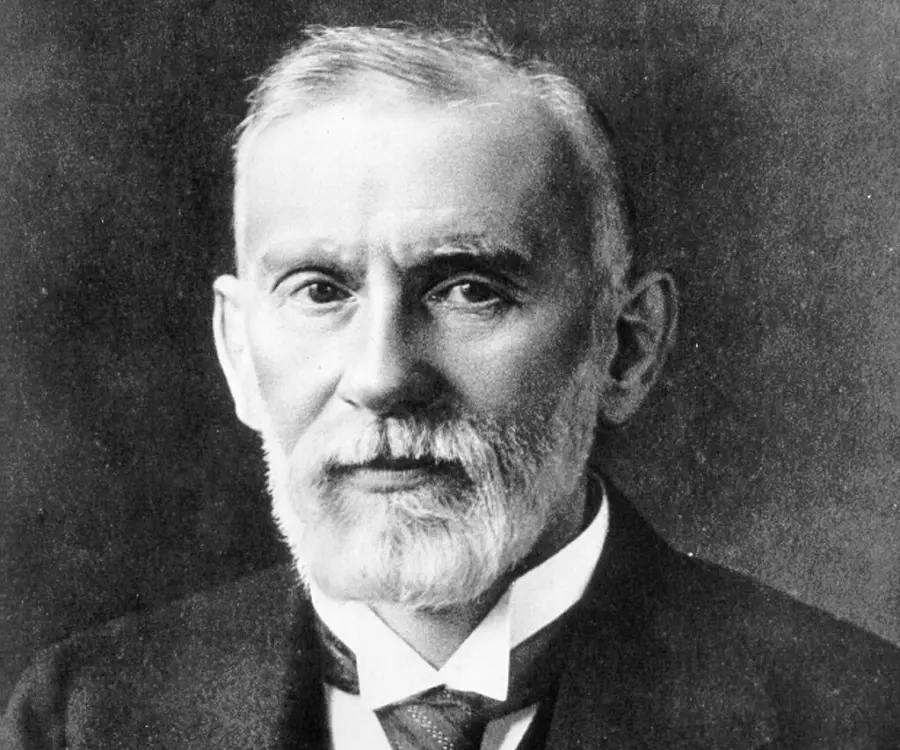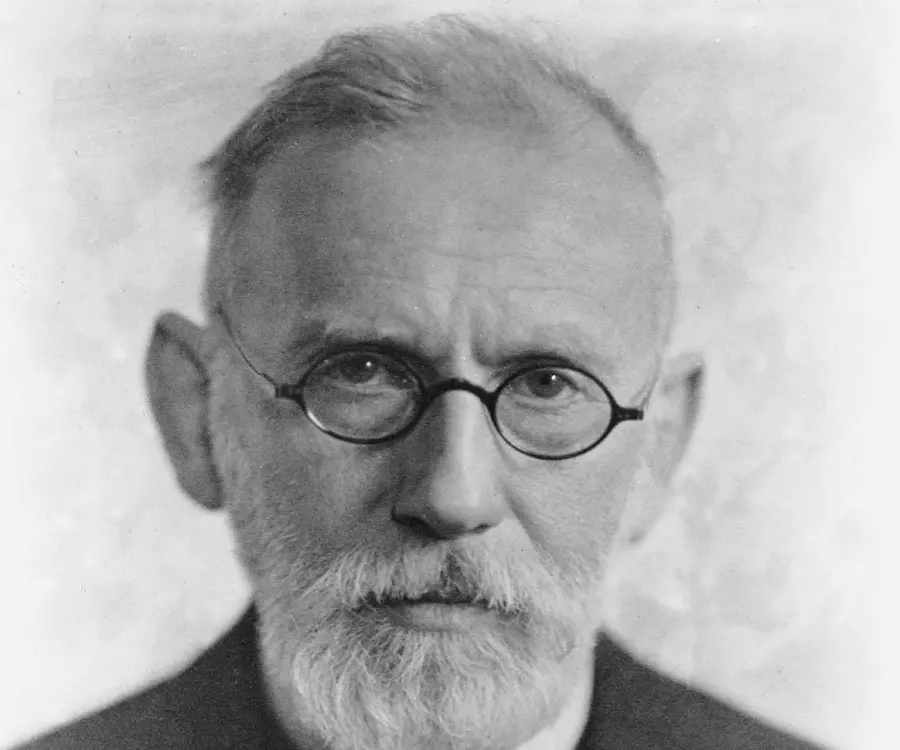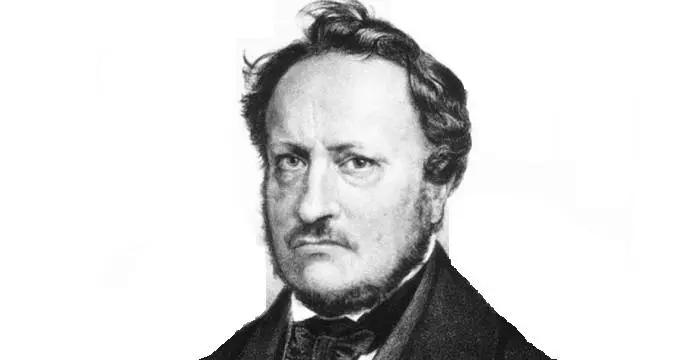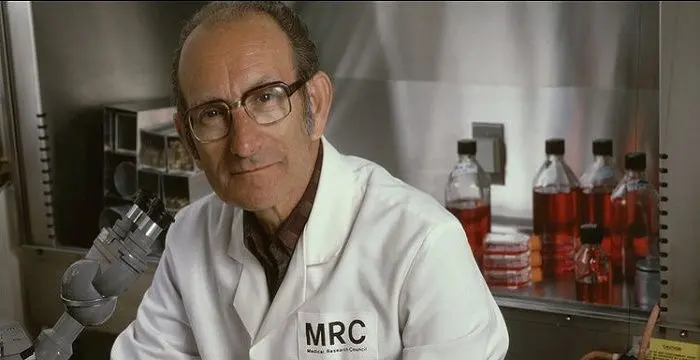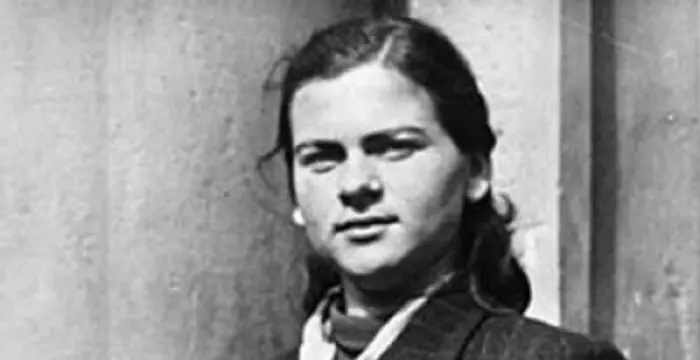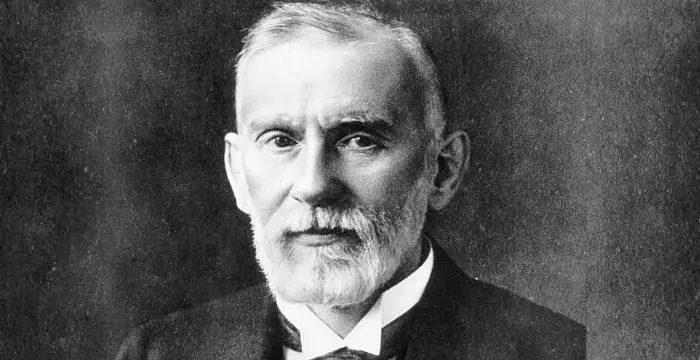
Paul Ehrlich - Scientists, Family and Childhood
Paul Ehrlich's Personal Details
Paul Ehrlich was a Nobel Prize winning German scientist who invented the medicine to cure syphilis and diphtheria
| Information | Detail |
|---|---|
| Birthday | March 14, 1854 |
| Died on | August 20, 1915 |
| Nationality | German |
| Famous | Scientists, Medical Scientists |
| Universities |
|
| Birth Place | Strzelin |
| Religion | Judaism |
| Gender | Male |
| Sun Sign | Pisces |
| Born in | Strzelin |
| Famous as | Scientist |
| Died at Age | 61 |
// Famous Scientists
Juliane Koepcke
Juliane Koepcke is a German-Peruvian biologist, who was the lone survivor among the 92 passengers and crew of the ill-fated LANSA Flight 508 that crashed in the Peruvian rainforest on 24 December 1971. Know more about her life in this biography.
Henry Cavendish
Henry Cavendish was a theoretical chemist and physicist, renowned for discovery of hydrogen and calculation of the mass of earth. To know more about his childhood, profile, timeline and career read on
Konstantin Tsiolkovsky
Konstantin Tsiolkovsky was a Russian rocket scientist and a pioneer of astronautics. This biography provides detailed information about his childhood, family, personal life, career, achievements, etc.
Paul Ehrlich's photo
Who is Paul Ehrlich?
Paul Ehrlich is a renowned scientist in the fields of virology, immunology and serology, and performed instrumental work in developing vaccines for diseases such as syphilis and diphtheria. Paul was born to a prominent German Jewish family on the outskirts of the Empire, and was inspired as a young child by a cousin, who was a scientist by profession, to begin studying microscopic life forms. After graduating from a prestigious secondary academy, Ehrlich began a career of formal scientific inquiry, attending several prominent universities in his quest for further knowledge about what microscopes could reveal. In the course of performing invaluable research into the fundamental processes of cellular biology, Ehrlich developed and patented several new analysis techniques that are still used today. After graduating from an elite university with a doctorate in medicine, he became the head physician at a prestigious hospital and continued to develop his work into immunology and serology. After nearly succumbing to a bout of tuberculosis, he developed several revolutionary new theories that led, in part, to the discovery of functional vaccines for syphilis, diphtheria and other immunological illnesses. After a lifetime of dedication to new scientific knowledge and helping other human beings, Ehrlich passed away from natural causes, and his death was lamented by the German Emperor, Wilhelm II, as well as lovers of knowledge around the world
// Famous Medical Scientists
Johannes Peter Müller
Johannes Peter Müller was a German physiologist and comparative anatomist. Check out this biography to know about his childhood, life, achievements, works & timeline.
Cesar Milstein
Cesar Milstein was an Argentinian biochemist who received the Nobel Prize for his discovery of monoclonal antibody. Explore this biography to get details about his life, career and scientific discoveries.
Frederick Banting
Frederick Banting was a Canadian medical scientist and physician who won the Nobel Prize for discovering insulin. Check out this biography to know about his childhood, family life, achievements and other facts related to his life.
Childhood & Early Life
Paul Ehrlich was born on March 14, 1854 in Strehlen, Lower Silesia, the German Kingdom of Prussia. Paul's father was Ismar Ehrlich and his mother was Rosa. Paul's father was a liquor distiller and lottery collector.
Paul attended secondary school in Breslau and then studied medicine and biology at several different universities, including: Breslau, Strasbourg, Freiburg, and Leipzig. Even as a child, he was fascinated with staining microscopic tissue samples after learning about the process from his mother's nephew, Karl Weigert.
Career
As Ehrlich continued his experiments in cellular staining, he determined that chemicals could be used to heal and protect the body on the cellular level, an amazing breakthrough in scientific thinking.
In 1878, he was awarded a doctorate in Medicine from the ‘University of Leipzig’. He then was hired as the head physician at a major hospital in Berlin.
At the hospital, he invented a new way to stain tissue samples that allowed doctors to see and identify the tuberculosis bacillus for the first time. Also at the hospital, he began using methylene blue to successfully treat neurological disorders suffered by his patients.
Starting in 1879, and continuing through 1885, Ehrlich published 37 different scientific papers on cellular biology. The last, 'The Requirement of the Organism for Oxygen', was his magnum opus on understanding how cells process oxygen, a vital function of mammalian biology.
In 1886, he successfully completed his in-house clinical and academic training at the Charite medical school and teaching hospital in Berlin. He then traveled to Egypt to continue independent studies in the field of virology.
During 1888-89, he suffered terribly from a severe case of tuberculosis that he contracted in his laboratory. Returning to Germany after he was cured, he owned his own small laboratory and private medical practice.
In 1891, he went to work for the ‘Berlin Institute of Infectious Diseases’. Two years later, while working at the Institute, Ehrlich and his fellow scientists made important breakthroughs in developing vaccines for diphtheria and tetanus.
This work on diphtheria would later lead to a Nobel Prize in Medicine for one of his colleagues, an award that Ehrlich felt he should've also received.
In 1896, the Institute founded a new branch, the ‘Institute for Serum Research and Testing’, specifically for Ehrlich's specialization, with him named as its founding director.
In 1899, the ‘Institute for Serum Research and Testing’ relocated to Frankfurt am Main. The same year, it was renamed the Institute of ‘Experimental Therapy’.
In 1897, Ehrlich developed his now-famous side-chain theory that led to breakthrough developments in serology and human immunology. Much of this work would later lead to his Nobel Prize winning discovery.
In 1901, the government criticized him for spending too much government money on his research, and so he turned to private funding to continue.
In 1906, he became the director of the Georg Speyer House research foundation in Frankfurt.
In 1909, Ehrlich helped contribute to the discovery of Salvarsan, the first drug specifically designed to treat syphilis.
In 1914, Paul signed the Manifesto of the 93, which unabashedly defended Germany's foreign policy and militarism.
Major Works
Paul was one of the leading scientists who discovered the first successful cure for syphilis. The drug ‘Arsphenamine’ was the first ever agent used in chemotherapy; thus Ehrlich essentially pioneered the procedure that is widely used in the treatment of several diseases including cancer.
Awards & Achievements
In 1908, Paul Ehrlich, along with Élie Metchnikoff, was awarded the Nobel Prize in Physiology or Medicine for his decades of scientific research.
Ehrlich was awarded dozens of prestigious awards during his lifetime, and has had many prominent institutes, streets, parks, bank notes, prizes, lunar craters and other distinctions named in his honor.
Personal Life & Legacy
In 1883, Paul Ehrlich married Hedwig Pinkus and together they had two children, Stephanie and Marianne.
Paul Ehrlich died on August 20, 1915, in Bad Homburg, Hesse, in Germany. He was laid to rest in Frankfurt-am-Main's Jewish cemetery. His tombstone is a tourist destination for scientists even today.
In 1940, the American government made a training film about Ehrlich's work, which was ruled an official secret in Nazi Germany.
The research institute where Ehrlich did his pre-eminent work in discovery a cure for syphilis was renamed the Paul Ehrlich Institute in 1947 in his honor
// Famous German peoples
Jordan Carver
Jordan Carver is a famous German model. Let’s take a close look at her personal life, including her age, career, net worth, achievements and some fun facts.
Jürgen Klopp
Jürgen Klopp is a German football manager, and a former professional football player. Check out this biography to know more about his childhood, family, personal life, etc.
Irma Grese
Irma Grese was a notorious German Nazi concentration camp guard during the Second World War. This biography profiles her childhood, life, horrifying acts, death and other facts.
Paul Ehrlich's awards
| Year | Name | Award |
|---|---|---|
Other | ||
| 0 | Nobel Prize in Physiology or Medicine | |
Paul Ehrlich biography timelines
- // 14th Mar 1854Paul Ehrlich was born on March 14, 1854 in Strehlen, Lower Silesia, the German Kingdom of Prussia. Paul's father was Ismar Ehrlich and his mother was Rosa. Paul's father was a liquor distiller and lottery collector.
- // 1878In 1878, he was awarded a doctorate in Medicine from the ‘University of Leipzig’. He then was hired as the head physician at a major hospital in Berlin.
- // 1879 To 1885Starting in 1879, and continuing through 1885, Ehrlich published 37 different scientific papers on cellular biology. The last, 'The Requirement of the Organism for Oxygen', was his magnum opus on understanding how cells process oxygen, a vital function of mammalian biology.
- // 1883In 1883, Paul Ehrlich married Hedwig Pinkus and together they had two children, Stephanie and Marianne.
- // 1886In 1886, he successfully completed his in-house clinical and academic training at the Charite medical school and teaching hospital in Berlin. He then traveled to Egypt to continue independent studies in the field of virology.
- // 1888 To 1889During 1888-89, he suffered terribly from a severe case of tuberculosis that he contracted in his laboratory. Returning to Germany after he was cured, he owned his own small laboratory and private medical practice.
- // 1891In 1891, he went to work for the ‘Berlin Institute of Infectious Diseases’. Two years later, while working at the Institute, Ehrlich and his fellow scientists made important breakthroughs in developing vaccines for diphtheria and tetanus.
- // 1896In 1896, the Institute founded a new branch, the ‘Institute for Serum Research and Testing’, specifically for Ehrlich's specialization, with him named as its founding director.
- // 1897In 1897, Ehrlich developed his now-famous side-chain theory that led to breakthrough developments in serology and human immunology. Much of this work would later lead to his Nobel Prize winning discovery.
- // 1899In 1899, the ‘Institute for Serum Research and Testing’ relocated to Frankfurt am Main. The same year, it was renamed the Institute of ‘Experimental Therapy’.
- // 1901In 1901, the government criticized him for spending too much government money on his research, and so he turned to private funding to continue.
- // 1906In 1906, he became the director of the Georg Speyer House research foundation in Frankfurt.
- // 1908In 1908, Paul Ehrlich, along with Élie Metchnikoff, was awarded the Nobel Prize in Physiology or Medicine for his decades of scientific research.
- // 1909In 1909, Ehrlich helped contribute to the discovery of Salvarsan, the first drug specifically designed to treat syphilis.
- // 1914In 1914, Paul signed the Manifesto of the 93, which unabashedly defended Germany's foreign policy and militarism.
- // 20th Aug 1915Paul Ehrlich died on August 20, 1915, in Bad Homburg, Hesse, in Germany. He was laid to rest in Frankfurt-am-Main's Jewish cemetery. His tombstone is a tourist destination for scientists even today.
// Famous Pisces Celebrities peoples
Christine Baumgartner
Christine Baumgartner is an American model and the wife of famous American actor Kevin Costner. Check out this biography to know about her birthday, childhood, family life, achievements and fun facts about her.
Galina Becker
Galina Becker is a former athlete and fitness model from America. Check out this biography to know about her birthday, childhood, family life, achievements and fun facts about her.
Nikkie De Jager
Check out all that you wanted to know about Nikkie De Jager, the famous Dutch Makeup artist; her birthday, her family and personal life, her boyfriends, fun trivia facts and more.
Annie Bakes
Annie Bakes is an American adult model and the ex-wife of Dennis Rodman. Check out this biography to know about her birthday, childhood, family life, achievements and fun facts about her.
Jordyn Jones
Jordyn Jones is an American dancer. Let’s have a look at her family & personal life including age, date of birth, boyfriends, net worth, and fun facts.
Oscar Rosenstroem
Oscar Rosenstroem is a Danish Musical.ly star. Let’s have a look at his family and personal life including age, date of birth, girlfriends, net worth and fun facts.
Paul Ehrlich's FAQ
What is Paul Ehrlich birthday?
Paul Ehrlich was born at 1854-03-14
When was Paul Ehrlich died?
Paul Ehrlich was died at 1915-08-20
Where was Paul Ehrlich died?
Paul Ehrlich was died in Bad Homburg vor der Höhe
Which age was Paul Ehrlich died?
Paul Ehrlich was died at age 61
Where is Paul Ehrlich's birth place?
Paul Ehrlich was born in Strzelin
What is Paul Ehrlich nationalities?
Paul Ehrlich's nationalities is German
What was Paul Ehrlich universities?
Paul Ehrlich studied at Leipzig University, University of Wrocław
What is Paul Ehrlich's religion?
Paul Ehrlich's religion is Judaism
What is Paul Ehrlich's sun sign?
Paul Ehrlich is Pisces
How famous is Paul Ehrlich?
Paul Ehrlich is famouse as Scientist




